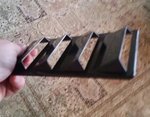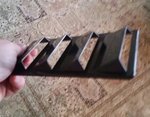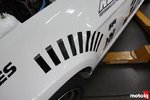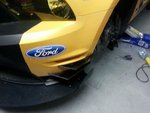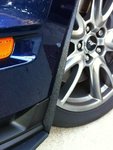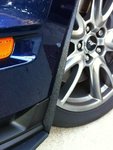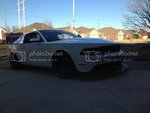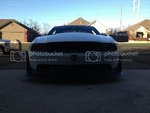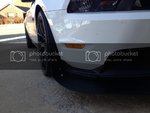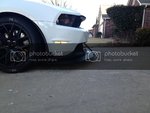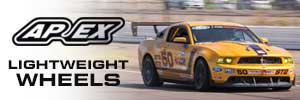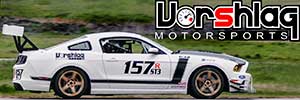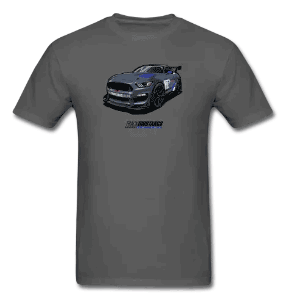Trying to lower the pressure around the tire so that it does not try to lift the car off the ground.
Usually you will see louvers on top of the fender or pathways and scoops in front of and behind the wheel well. On S197 front wheel well is plastic / sealed front and back and sealed up top by the metal bottom of the strut. see pic below. ignore the arrow.. pic credit to cjpony.

How about putting a vent in the rear plastic wheel well? goal is to reduce lift and drag.
http://www.superhachi.com/theory/downforce/

You can also see how the hood works in that same picture. I think its a good write up despite the homemade looking sketches.
Usually you will see louvers on top of the fender or pathways and scoops in front of and behind the wheel well. On S197 front wheel well is plastic / sealed front and back and sealed up top by the metal bottom of the strut. see pic below. ignore the arrow.. pic credit to cjpony.

How about putting a vent in the rear plastic wheel well? goal is to reduce lift and drag.
http://www.superhachi.com/theory/downforce/
The wheel wells are another area where an undesired pressure differential can develop. Air flowing beneath the car stagnates on the tires, creating an area of high pressure. This effect is compounded by the brake cooling ducts that many teams use, which force even more air into the wheel wells. All of this air is also heated by the brakes, creating the same buoyant forces as in the engine bay. This high pressure area also exerts a drag force on the car. For this reason, many race cars and high performance road cars also incorporate vents at the top or rear of the wheel wells.

You can also see how the hood works in that same picture. I think its a good write up despite the homemade looking sketches.
